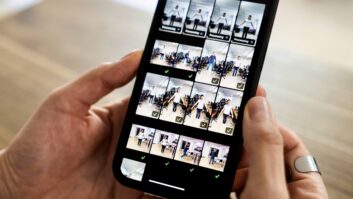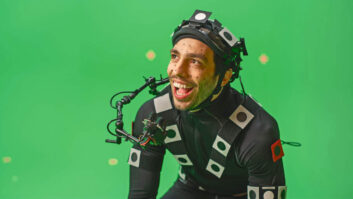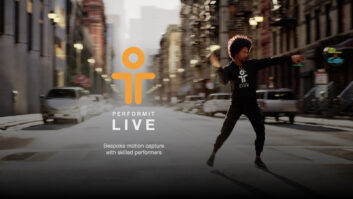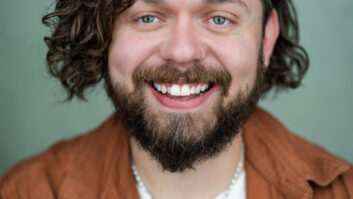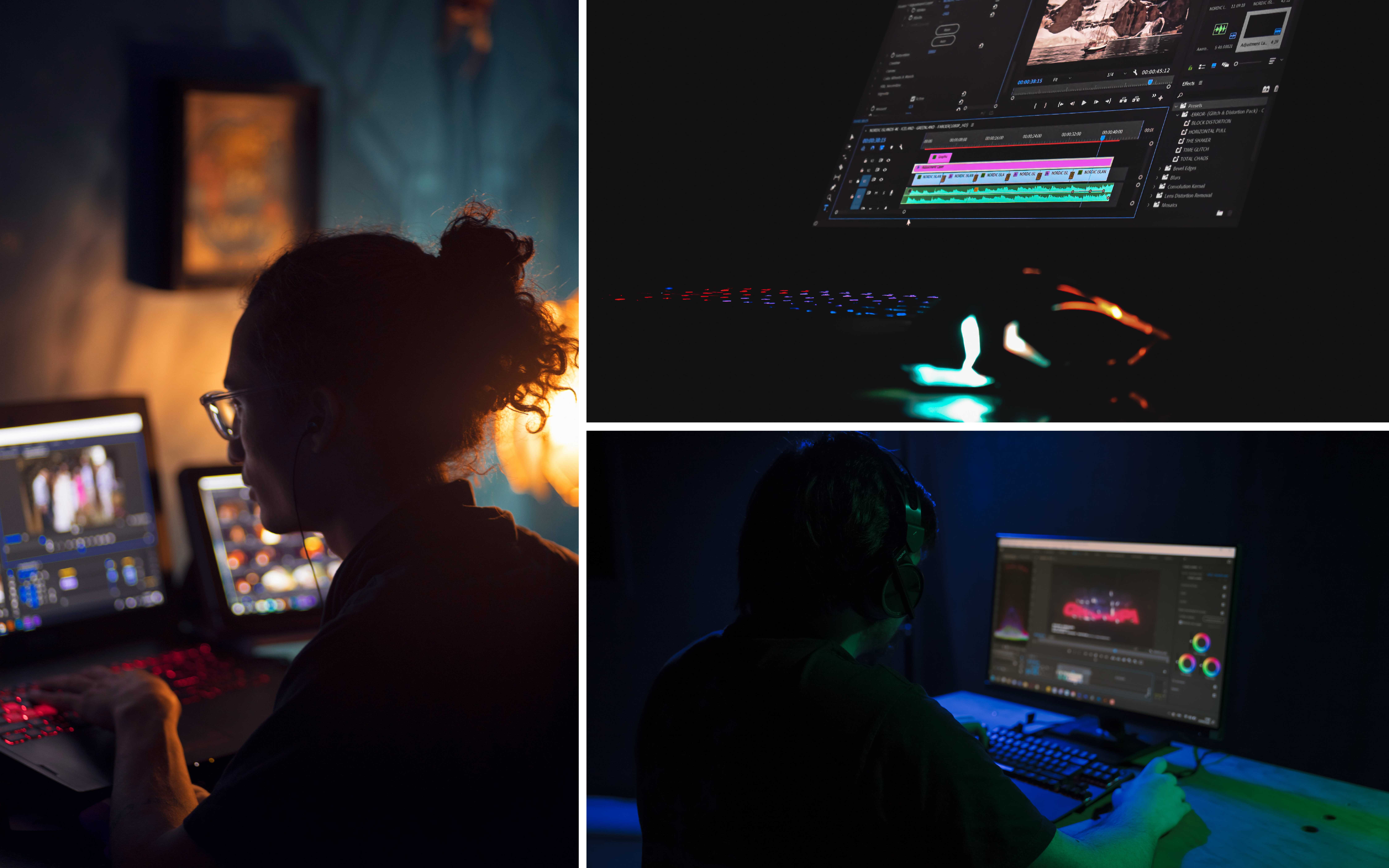The recently-released feature documentary about the 2010 TT motorcycle race was made using a combination of Red camera footage, stills, hi-speed and timelapse photography, 2D conversions and HD broadcast rushes, writes Adrian Pennington.
TT3D: Closer to the Edge was shot over five days of the Tourist Trophy race on the Isle of Man, putting immense pressure on the production team to capture the action.
Principal photography of the April theatrical release was made with two P+S Freestyle units using twin Red cameras and Ultra Primes and Optimo zooms. “There was no way we could cover the 37.5 mile circuit over the whole five days with two units so we had to get creative,” explains Chris Parks, project stereographer and partner in Vision3. “We needed to be in the right place at the right time and operate at break-neck speed since this was very much a one-take only situation.
“We used a lightweight rig, and shot up to 35 set ups a day which for 3D is pretty radical,” he reports. “We put the cameras on dollies with sliders, on a steadicam, a steadicam on rickshaw dollies – anything to get the camera moving around quickly and rapidly in line with a documentary feel.”
The production deployed an array of other acquisition techniques. Timelapse was shot at one second intervals on a pair of stills cameras rigged side by side; a high speed unit used Photron Ultima APX cameras at 2000fps and HD video from a camera mounted on one of the bikes for a point of view shot was post converted. The feature also uses footage from 27 XDCAM HD cameras shot by production outfit North One as part of its ITV4 coverage, also post converted.
“We tried to make a virtue of the different formats rather than worry about them all looking the same,” says Parks. “We knew North One would capture any aspect of the story we missed so we could combine our footage with the best of theirs to complete the narrative.”
Parks crafted the 3D to the mood of the race which can be at times exhilarating and tragic as every year a number of racers and members of the watching public incur fatal accidents during the event.
“It is a very emotional occasion with enormous adrenalin rushes and real lows since death is always present,” says Parks. “We chose to reflect that in high contrasts by using much more depth during the high points to give the 3D a tangible feel. If you get 3D right it makes your hair stand up on the back of your neck.
“When there are low points we slackened the 3D off, making the scene less stimulating much in the way a DP might use lighting to flatten a mood or provide a less saturated feel in contrast to more upbeat sections. With interviews to camera we wanted the audience to concentrate on the rider’s words, so we reduced the 3D effect at those points also.”
Devising solutions
For sports action a long telephoto lens would normally be used to get in close and achieve a shallow depth of field but that style is almost the antithesis of ‘good 3D’ in which the foreground and background are more distinctly separated.
“Longer lenses tend to create a ‘cardboardy’ 3D effect but we wanted to try and get that sense of movement and shallow depth of field so we designed one shot on a side by side rig with 560mm zooms at an 18 inch inter-axial in order to capture bikes coming over a hill,” explains Parks. “3D is at its most effective when the shot is wide and close but we had to balance that with the requirements of health and safety. We were fortunate to get access to some amazing positions.
“The biggest challenge was staying mobile with heavy equipment and a slimmed down crew, having to work quickly and change lenses quickly so as not to miss anything,” Parks says. “We had to devise solutions to make the filmmakers vision a reality. Hopefully we proved that as long as it’s planned properly and executed well then anything is possible in 3D.”
Post production editorial had their own independent cutting room at Goldcrest running two Avid Media composers off a Unity. They also transcoded the Red material in-house to Avid DNxHD36 for editing. 4K London provided the DIT service on location then handed a copy of the raw rushes to editorial.
Editorial also used a JVC 46″ 3D monitor to review 3D cuts. Editor Beverly Mills cut in 2D then Martin Corbett the assistant editor performed a 3D offline conform in the other Avid, checking frame sync and applying a basic convergence setting to make the material watchable.
Vision3’s Angus Cameron provided editorial advice on problematic shots, cutting for 3D and built up a master database for the online of stereo work to be completed. Post was done at Technicolor where the producer was Kim Honeyman, colourist Paul Ensby and stereo work by David Johnston. Work was mainly completed on Baselight with additional stereo fixes on Smoke. An LG 46″ 3D screen was used for prep and a RealD projection for the depth grade and final approvals. The post conversion of around 50 shots was handled at Dimenxion. Deliverables included a 2D and 3D DCP. The film was made through Cinema NX, the film financing and production company supported by the Isle of Man Government. TT3D: Closer to the Edge is directed by Richard de Aragues and produced by Steve Christian and Marc Samuelson
